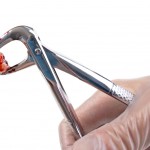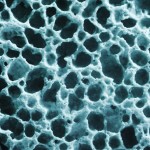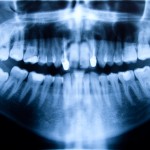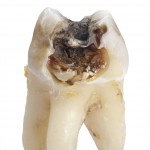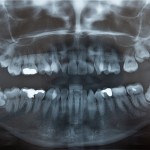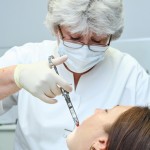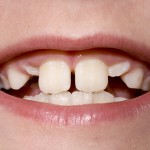
In a small proportion of children (1-3%) the upper permanent canine tooth is diverted into the roof on the mouth. Treatment of this displacement can be complex and it is considered that the early removal of the primary canine tooth may improve the position f the developing permanent successor. The aim of this Cochrane review [read the full story…]
